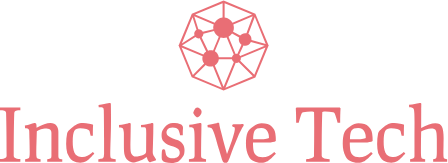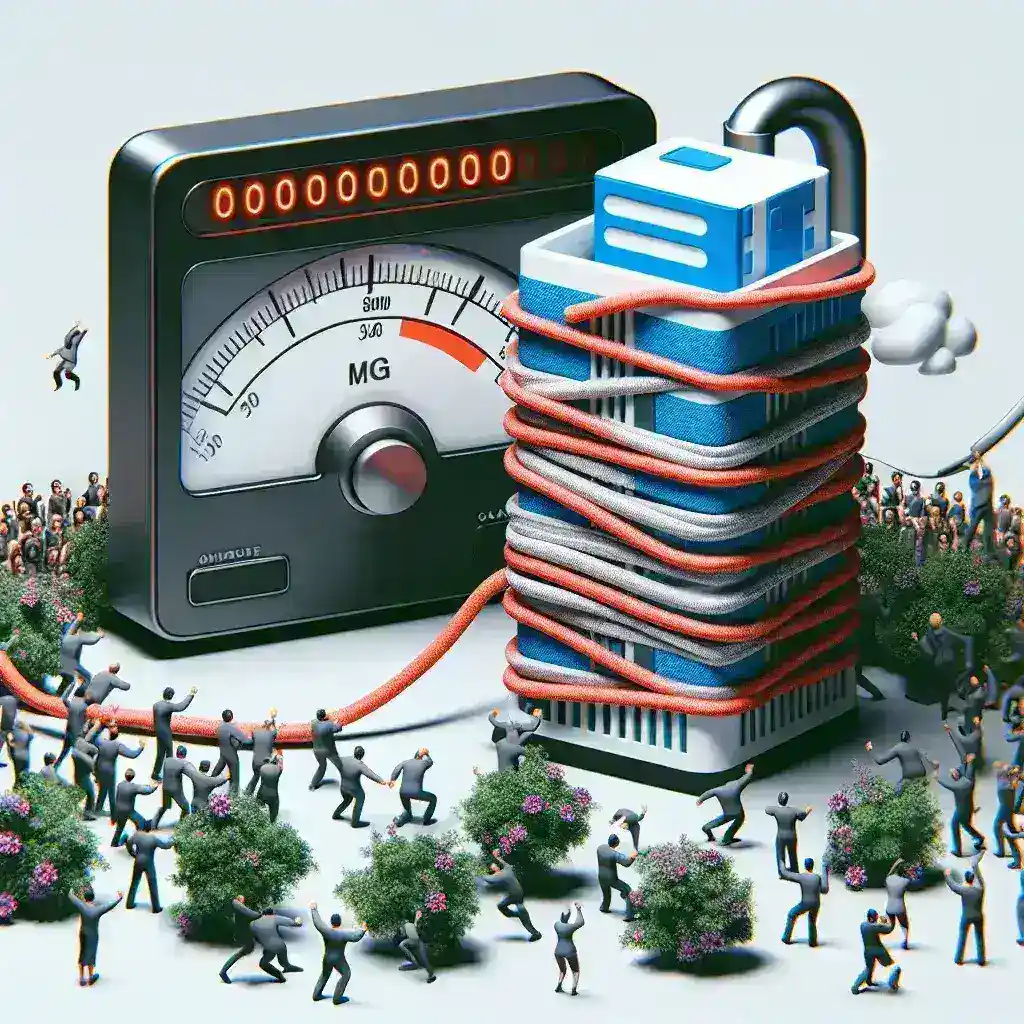Understanding the Basics of Shared Hosting
Shared hosting is a popular option for new website owners due to its affordability and simplicity. Essentially, shared hosting means that multiple websites are hosted on a single server, sharing all the server’s resources such as memory, disk space, and bandwidth. While this setup is cost-effective, it presents several challenges as your website grows.
The following table summarizes some core aspects of shared hosting:
| Feature | Description | Impact |
|---|---|---|
| Cost | Low monthly fees | Affordable for beginners |
| Resources | Shared among multiple sites | Limited performance |
| Security | Basic security measures | Increased vulnerability |
| Technical Support | General support | Not always specialized |
Performance Bottlenecks
One of the most significant challenges of shared hosting is performance. As your website traffic increases, you might notice slower load times and occasional downtimes. This is because server resources such as CPU and RAM are divided among different users.
Resource Limitations
When multiple websites draw from the same pool of resources, it can lead to resource crunches. High traffic on one site can adversely affect other sites hosted on the same server.
Site Speed
Site speed is crucial for user experience and SEO. However, shared hosting often struggles to deliver high-speed performance as the server load increases.
Security Risks
Security is another concern with shared hosting. Since multiple websites reside on the same server, the risk of security breaches is higher. If one site is compromised, it can potentially affect all others on the server.
Shared IP Address
In shared hosting, websites often share the same IP address. This can be problematic if one site indulges in unethical activities, as it could lead to the IP address getting blacklisted, affecting all sites sharing it.
Limited Security Configurations
Most shared hosting providers offer basic security features. However, these might not be sufficient as your site grows and attracts more traffic, requiring advanced security measures.
Limited Customization Options
Shared hosting usually comes with limitations on customization. You may find that certain server settings cannot be altered, hindering the performance and unique requirements of your growing website.
Pre-configured Environment
The server environment in shared hosting is typically pre-configured. While this is convenient for beginners, it offers little flexibility for advanced users who need specific server-side configurations.
Software Restrictions
Your ability to install and run specific software may also be restricted by the shared hosting provider, limiting your website’s functionality.
Scalability Issues
As your website grows, scalability becomes a critical factor. Shared hosting is not designed to handle high levels of traffic or resource-intensive applications, making it challenging to scale effectively.
Traffic Spikes
Shared servers often struggle to handle sudden surges in traffic. If your website experiences traffic spikes, performance can degrade significantly, affecting user experience.
Long-Term Growth
Planning for long-term growth is difficult with shared hosting due to limited resources. You may eventually need to migrate to a more robust solution, such as VPS or dedicated hosting.
Technical Support Limitations
While shared hosting providers offer technical support, it is often general and not specialized. This can be a drawback if you encounter issues that require advanced troubleshooting.
Response Times
Support response times can vary, and you may not get immediate assistance, which can be critical during downtime or security breaches.
Level of Expertise
The expertise level of support staff can be limited. They might not be able to assist you with complex issues related to your growing website.
Conclusion
While shared hosting is an excellent starting point for new websites, it presents several challenges as your site grows. Performance bottlenecks, security risks, limited customization, scalability issues, and technical support limitations are some of the hurdles you may face. If your website experiences significant growth, it might be worth considering an upgrade to a more robust hosting solution like VPS or dedicated hosting to ensure optimal performance and security.

